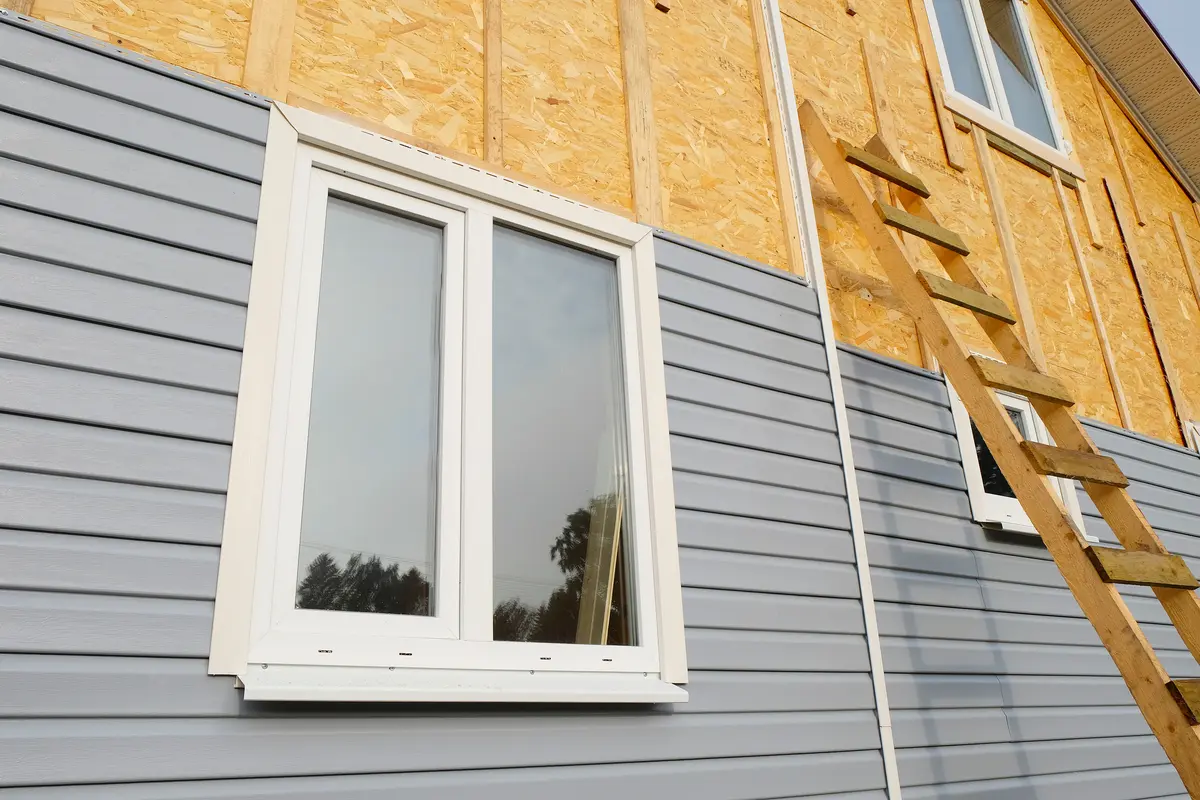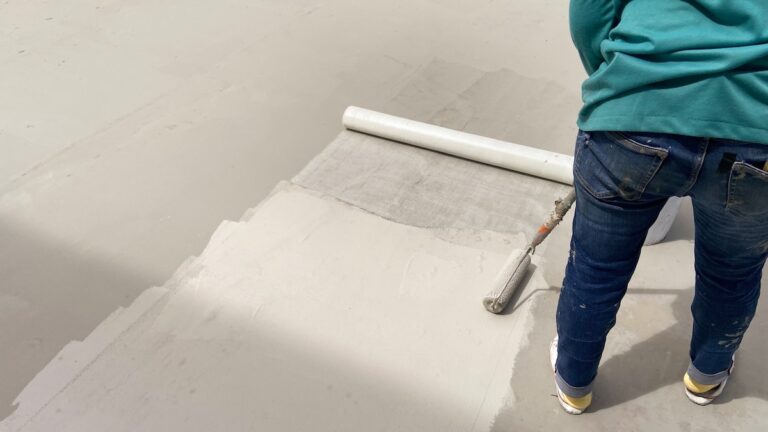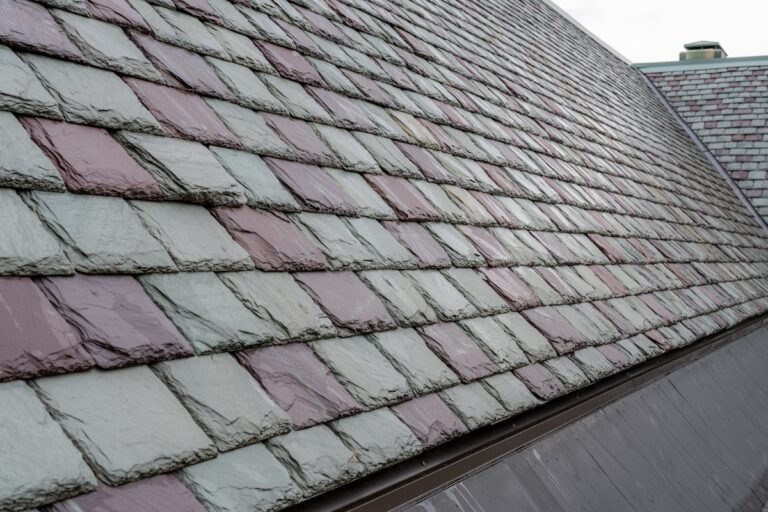When it comes to giving your home a refresh, choosing the right type of siding can make all the difference. Not only does siding protect your home from the elements, but it also dramatically enhances its curb appeal.
With so many options available, selecting the perfect siding can be overwhelming. Our guide will walk you through:
- The various types of siding
- Their pros and cons
- How to determine the best choice for your home
1. Vinyl Siding
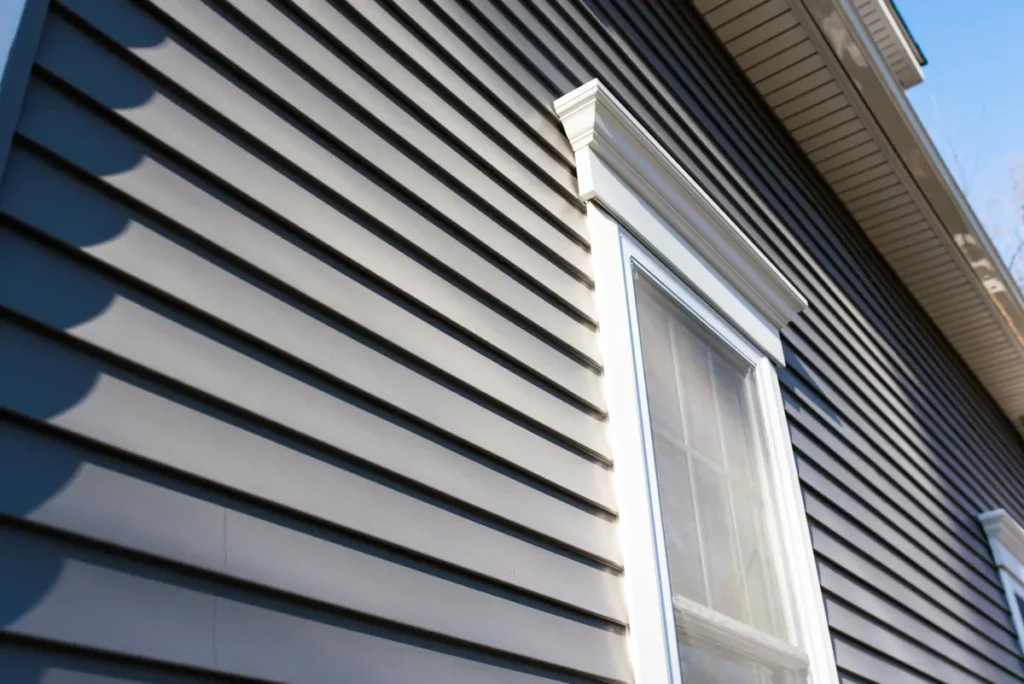
Vinyl siding is one of the most popular choices among homeowners due to its affordability, durability, and low maintenance. It is made from polyvinyl chloride (PVC) and comes in a wide variety of colors and styles, including options that mimic wood grain.
✅ Pros
- Cost-Effective: Vinyl siding is generally cheaper than other siding materials.
- Low Maintenance: It requires minimal upkeep. Occasional washing with a garden hose is usually sufficient.
- Durability: Resistant to rot, insects, and fading.
- Variety: Available in numerous colors and styles.
❌ Cons
- Appearance: Some people find vinyl siding has a less natural look compared to wood or stone.
- Environmental Impact: Production and disposal of PVC can be harmful to the environment.
- Temperature Sensitivity: Can warp or crack in extreme temperatures.
2. Wood Siding

Wood siding offers a timeless and natural look, making it a favorite for many traditional and rustic homes. Common types of wood used include cedar, pine, redwood, and cypress.
✅ Pros
- Aesthetic Appeal: Provides a warm and charming appearance.
- Versatility: Can be painted or stained in various colors.
- Eco-Friendly: Wood is a renewable resource and biodegradable.
❌ Cons
- Maintenance: Requires regular maintenance, including painting or staining every few years.
- Cost: Generally more expensive than vinyl and fiber cement.
- Susceptibility: Prone to rot, insects, and warping if not properly maintained.
3. Fiber Cement Siding
Fiber cement siding is a composite material made from cement, sand, and cellulose fibers. It can mimic the appearance of wood, stucco, or masonry and is known for its durability.
✅ Pros
- Durability: Resistant to rot, insects, and fire.
- Low Maintenance: Requires less maintenance compared to wood.
- Appearance: Can closely mimic the look of wood and other materials.
- Longevity: Typically lasts longer than wood and vinyl.
❌ Cons
- Cost: More expensive than vinyl siding.
- Installation: Heavier and harder to install, which can increase labor costs.
- Maintenance: While low maintenance, it still requires periodic painting.
4. Aluminum Siding
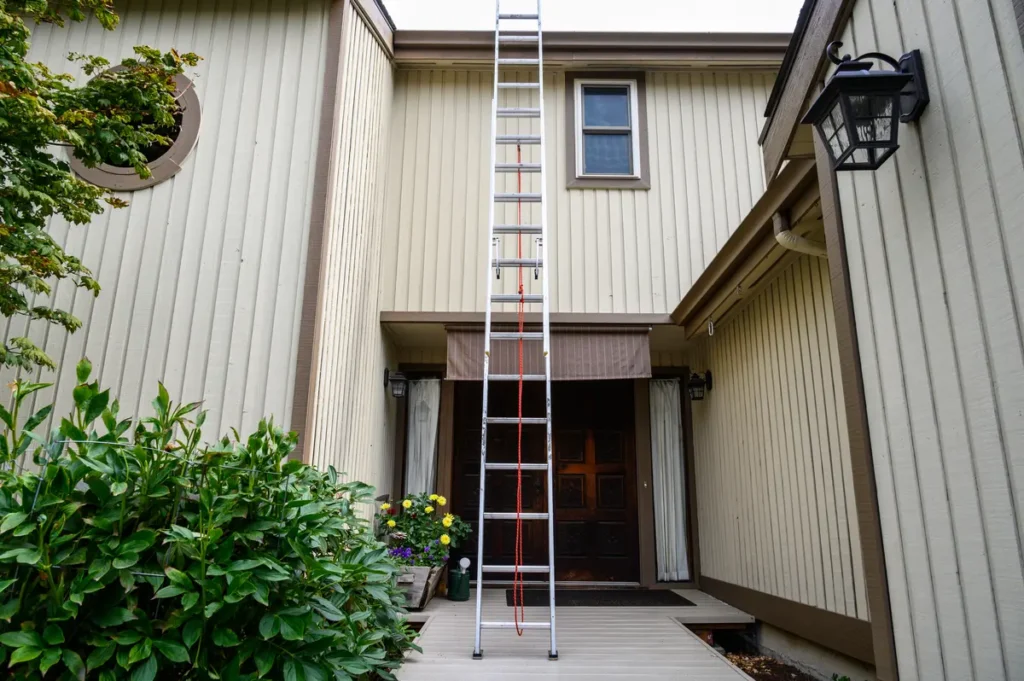
Aluminum siding was widely popular during the mid-20th century and is still used today, especially in areas prone to extreme weather conditions. It is made from aluminum panels that are typically coated with enamel.
✅ Pros
- Durability: Resistant to rust, fire, and insect damage.
- Low Maintenance: Requires minimal upkeep.
- Recyclable: Environmentally friendly as it can be recycled.
- Weather-Resistant: Performs well in harsh climates.
❌ Cons
- Dents and Scratches: Susceptible to dents and scratches.
- Appearance: Can fade and chalk over time, requiring repainting.
- Noise: May be noisy during rain or hail storms.
5. Stucco Siding
Stucco siding is a traditional material made from a mixture of cement, sand, lime, and water. It is applied in layers and can be finished with a variety of textures.
✅ Pros
- Durability: Long-lasting and resistant to fire.
- Energy Efficiency: Provides excellent insulation, reducing energy bills.
- Aesthetic: Offers a unique, textured appearance.
- Low Maintenance: Minimal upkeep required once installed.
❌ Cons
- Cracking: Susceptible to cracking if not properly installed.
- Cost: Higher initial cost compared to some other materials.
- Installation: Requires skilled labor for proper application.
6. Brick Siding
Brick siding is a timeless choice that offers a classic and elegant look. It is made from fired clay and can last for decades with minimal maintenance.
✅ Pros
- Durability: Extremely durable and resistant to fire and weather.
- Low Maintenance: Requires very little upkeep.
- Energy Efficiency: Provides good insulation.
- Aesthetic Appeal: Offers a timeless and sophisticated look.
❌ Cons
- Cost: One of the more expensive siding options.
- Weight: Heavy, requiring a strong foundation and increasing installation costs.
- Limited Color Options: Fewer color choices compared to other siding types.
7. Stone Veneer Siding
Stone veneer siding is a lightweight, manufactured alternative to natural stone. It provides the same aesthetic appeal as real stone at a fraction of the cost.
✅ Pros
- Appearance: Mimics the look of natural stone.
- Cost-Effective: Less expensive than natural stone.
- Lightweight: Easier and cheaper to install.
❌ Cons
- Durability: Less durable than natural stone.
- Maintenance: Can require occasional maintenance to prevent moisture issues.
- Appearance: May not have the same authenticity as natural stone.
8. Engineered Wood Siding
Engineered wood siding is made from wood fibers and resins, offering the look of traditional wood with added durability and lower maintenance.
✅ Pros
- Cost-Effective: Cheaper than natural wood.
- Durability: More resistant to rot and insects than traditional wood.
- Appearance: Offers a realistic wood look.
- Eco-Friendly: Often made from recycled materials.
❌ Cons
- Maintenance: Requires periodic painting or staining.
- Moisture Sensitivity: Can be susceptible to moisture if not properly sealed.
- Warranty: Typically has a shorter lifespan compared to fiber cement.
9. Metal Siding
Metal siding, including options like steel and aluminum, is known for its strength and modern aesthetic. It is commonly used for both residential and commercial buildings.
✅ Pros
- Durability: Resistant to rot, insects, and fire.
- Low Maintenance: Requires minimal upkeep.
- Modern Look: Offers a sleek and contemporary appearance.
- Eco-Friendly: Often made from recycled materials and fully recyclable.
❌ Cons
- Cost: Can be expensive, especially for higher-end metals like steel.
- Noise: Can be noisy in heavy rain or hail.
- Dents and Scratches: Susceptible to dents and scratches.
10. Composite Siding
Composite siding is made from a blend of materials such as wood fibers, resin, and plastics. It is designed to offer the benefits of multiple materials while minimizing their drawbacks.
✅ Pros
- Durability: Resistant to rot, insects, and weather.
- Low Maintenance: Requires less upkeep compared to wood.
- Appearance: Can mimic the look of wood and other materials.
- Eco-Friendly: Often made from recycled materials.
❌ Cons
- Cost: More expensive than vinyl siding.
- Installation: Can be heavier and more challenging to install.
- Limited Styles: Fewer style options compared to other materials.
Get Advice From A Professional Siding Contractor
Choosing the right siding for your home is a significant decision that affects your home’s appearance, durability, and value.
Ready to transform your home’s exterior? Contact Johnson Restoration today to discuss your siding options and get started on your home improvement project!
